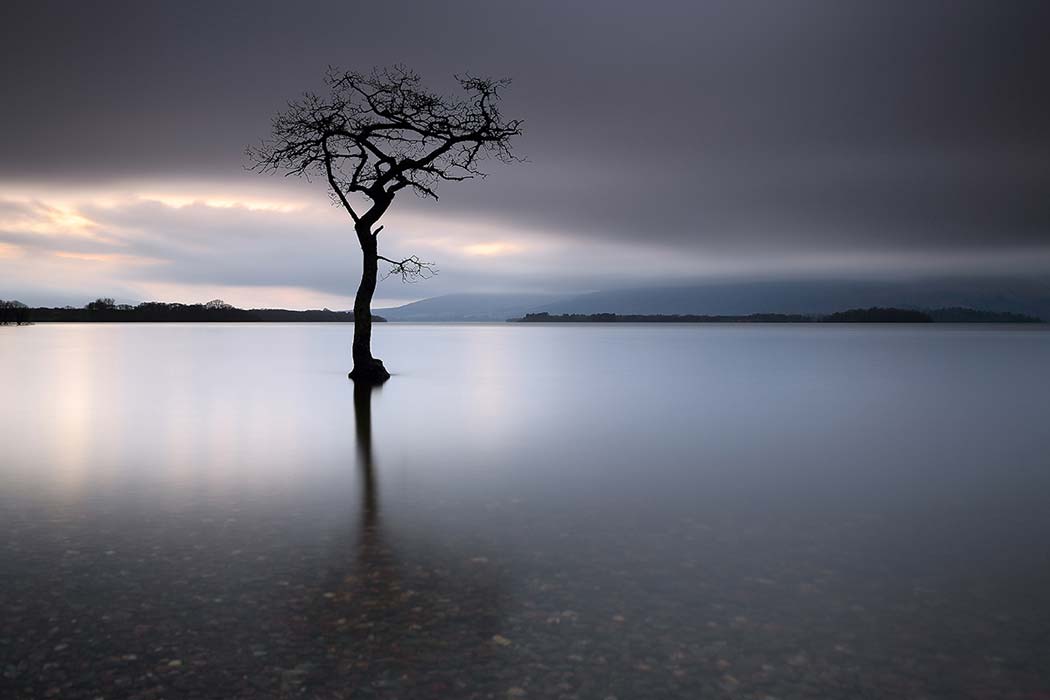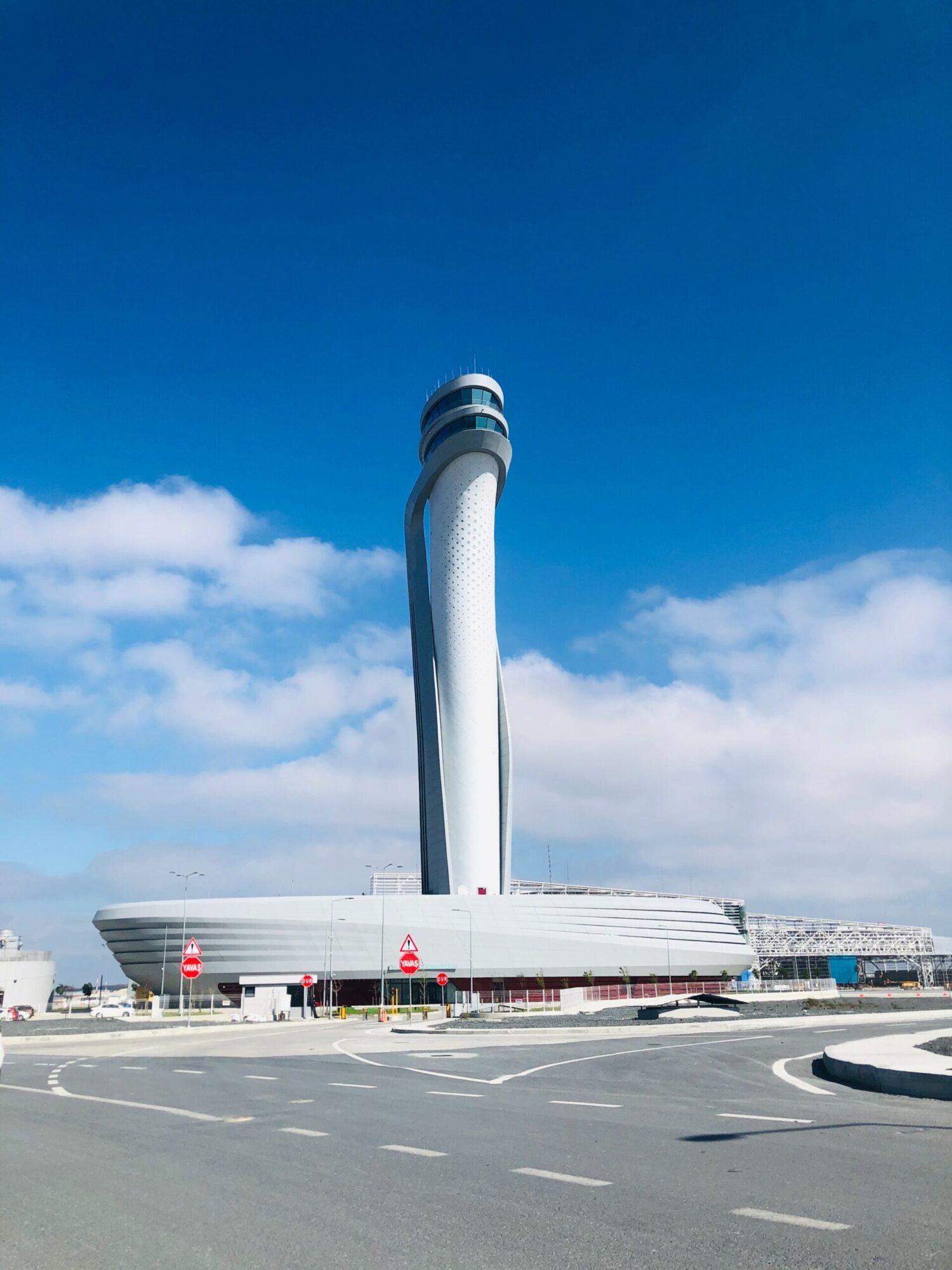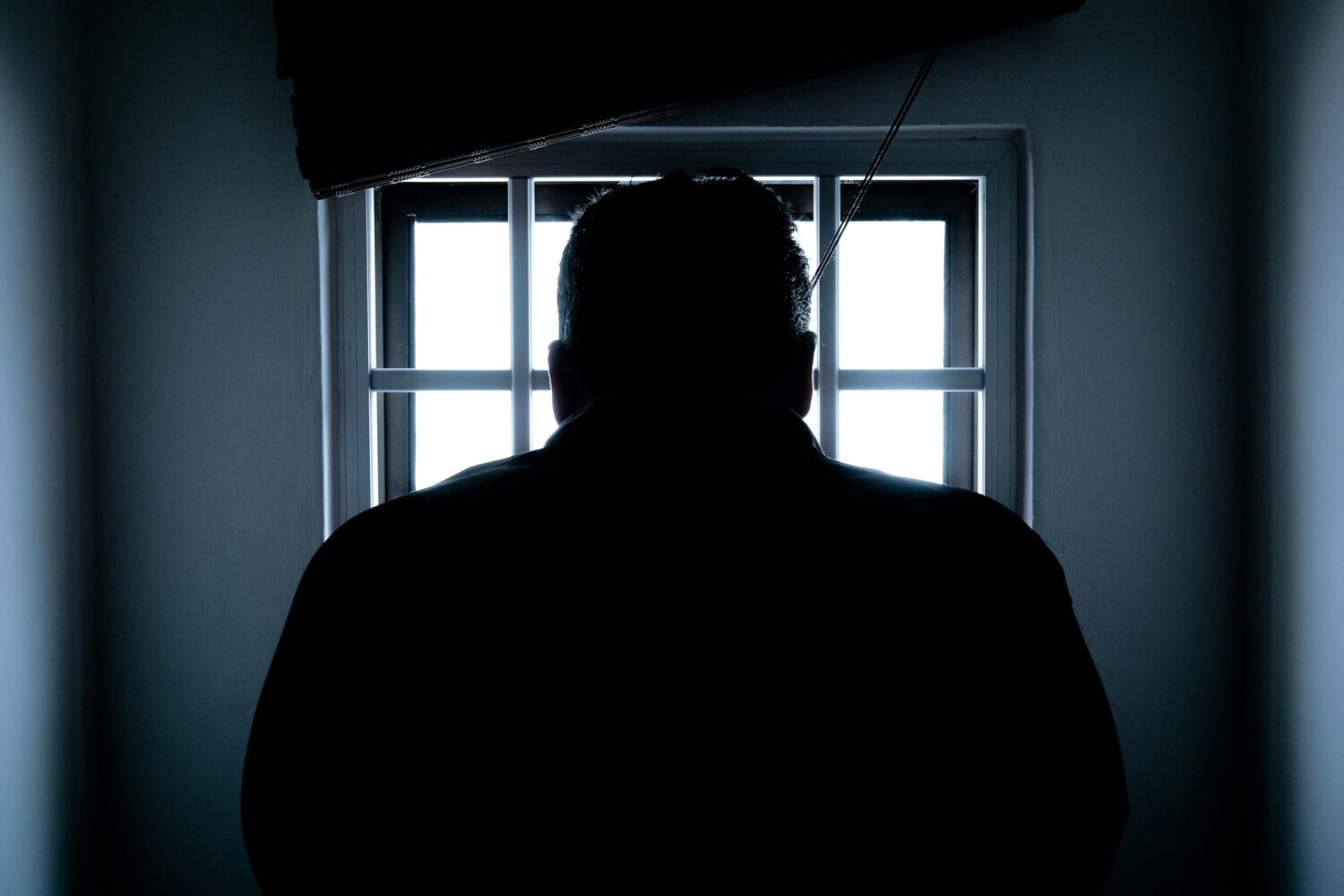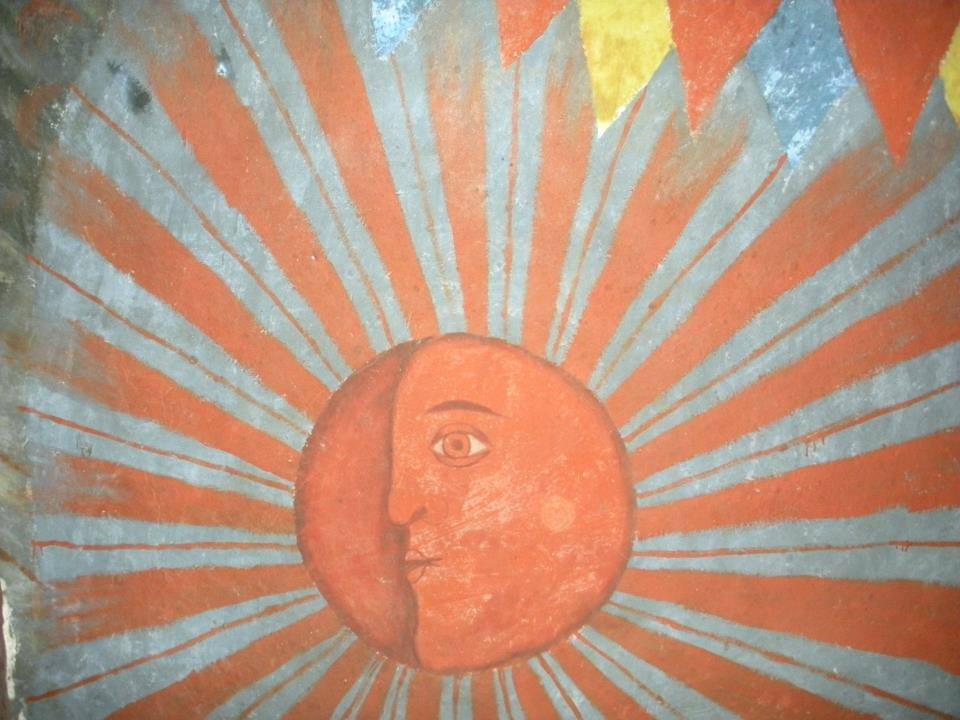EU-MOLDOVA – The founder and head of a media outlet under EU sanctions and Moldovan sanctions for pro-Russian propaganda and disinformation creates “Stop Media Ban” and campaigns against Moldova in the European Parliament in Strasbourg and in Brussels.
By Dr Evgeniia Gidulianova with Willy Fautré
On 10 January, the ECR political group (European Conservatives and Reformists) at the European Parliament organized a conference in Brussels about Press Freedom at the European international level, in which “Stop Media Ban” in Moldova was represented by its president, Ludmila Belcencova. Her message was that Moldova, which is a candidate to the European Union, unduly represses media freedom.
Who is Ludmila Belcencova?
According to the information of the publication “BLOKNOT Moldova” Ludmila Belcencova was born on July 5, 1972, in the city of Vinnytsia, Chernivtsi region of Ukraine. She studied to be a history teacher. For many years, she worked as a TV presenter on the NIT channel, which was called the mouthpiece of the Party of Communists of the Republic of Moldova (PCRM). She was a member of the party and as such, an elected member of the Moldovan Parliament.
The “Aquarelle magazine,” in its column “Club of Career Women,” indicates that Belcencova began her work on television back in 1997. At first, she worked as a reporter in a news program on the NIT channel. Afterwards, she became the editor of the journalistic program MAXIMA on NIT before becoming later its creator and presenter. In 2004, she worked for some time at the Embassy of the Republic of Moldova in Russia(*).
According to the media outlet KP in Moldova, (Komsomolskaya Pravda), Belcencova made a career in political journalism, mainly promoting the point of view of the extreme-left wing of the Communist Party. In 2009, she was on the list of the Communist Party for the elections and later became a Member of the Moldovan Parliament as a Communist. However, soon after receiving her mandate, she left the extreme-left faction of the Party of Communists (PCRM), together with a group of MPs, and joined the Moldovan Unită Party. She became the spokesperson of this party, but later withdrew from political life and went back to journalism.
On 16 December 2022, Moldova imposed sanctions and suspended the license of the “Primul în Moldova” channel, which was in fact the Romanian-Moldovan version of the Russian Pervyi Kanal. Belcencova was then its General Producer. Pervyi Kanal (Primul in Moldova) also fell under the EU sanctions(**).
On 31 May 2023, Belcencova created and headed the “Stop Media Ban” platform, specifically targeting Moldova.
In short, Ludmila Belcencova’s ideological and political agenda is in line with the extremist left wing of the Communist Party of Moldova (PCRM), which has become an insignificant party and tool in Moldova in the last few years, and jumps from the political arena to the media arena to push forward ‘her’ agenda. During the Q & A of the conference organized by the ECR political group of the European Parliament, she failed twice to answer questions asked by the director of Human Rights Without Frontiers: “What is the name of your banned media and is the reason of the ban your alleged support to Putin’s views”? In her answer, she purposefully failed twice to give the name of her media (!) and to confirm or deny having expressed alleged pro-Russian views (!)
She now heads the “Stop Media Ban” platform, another at first sight sympathetic arena, through which she can move forward a political agenda hostile to Moldova.
When you google her name written with the Latin alphabet, there is no information about her but it is not at all the case with her name in Russian: Людмила Бельченкова.
On her Facebook page in Russian, she posted her photo with her accreditation badge for the European Parliament on the name of the NGO “Stop Media Ban” (SMB) that she had got on 8 January, two days before the conference.
What is “Stop Media Ban in Moldova”?
On 31 May 2023, Liudmila Belcencova, General Producer of the “Primul in Moldova TV” channel (alias Pervyi Kanal), under Moldovan and EU sanctions, held a press conference at the news agency IPN and announced for the first time the creation of the platform «Stop Media Ban». The purpose of this initiative was said to protect the rights of all journalists in Moldova. “Stop Media Ban” positions itself as a non-governmental and non-profit organization dedicated to the struggle for freedom of the press and calling for an end to the ban on a number of media outlets in Moldova, throughout Europe and beyond.
On 5 October 2023, journalists from “Stop Media Ban” called on the European Parliament in Strasbourg, to vote to support Moldova’s accession to the European Union. However, they pointed out that it is essential to ensure that the Government of the Republic of Moldova implements the necessary reforms for accession to the European Union. Liudmila Belcencova, president and spokesperson of “Stop Media Ban”, said:
“Achieving the goal requires a determined effort. The European Union was founded on democratic ideals. Moldova will become an EU member state when its government shares European values and respects all human rights and fundamental freedoms, including those that are now at high risk. For example, freedom of the press, there can be no interference in the work of journalists or censorship, such as banning independent media or spreading disinformation.”
“The European Parliament should take steps to comply with European rules on media freedom in Moldova as a candidate country. This action will ensure the missing media pluralism in the country and protect the independence of the media from state, political or economic influence,” Belcencova concluded. Having the ban on Pervyi Kanal (Primul in Moldova) lifted is obviously her priority objective.
The “Stop Media Ban” website publishes a universal call for signatures on its homepage Petition against the ban by the Moldovan government on certain media outlets issued a week before the local elections in the country. The basis for the petition was the order of 30 October 2023, by which the Commission for Exceptional Situations of Moldova closed six private channels and 31 online media platforms. Prior to that, in December 2022, six more TV channels were closed on charges of spreading disinformation and undermining the country’s security.
In its World Press Index including 180 countries, Reporters Without Borders, ranked Moldova in the following positions in the last three years: 89 in 2021, 40 in 2022 and 28 in 2023. Quite a positive trajectory.
EU sanctions
It must be recalled that quite a number of the channels sanctioned in Moldova were also included by the European Union in the 10th and 11th sanctions packages as state-owned and pro-Kremlin disinformation media, playing an important and decisive role in supporting Russia’s aggression against Ukraine. The EU has pointed out that they pose a serious threat to public order and the security of the EU and are used for disinformation and manipulation of information. Therefore, the EU decided to suspend their broadcasting and distribution, as well as to suspend their licenses.
EU: Vigilance is needed
On the eve of the European election, the European Parliament suspects a number of MEPs and staff in its ranks to be pro-Russia ‘influencers’. MEPs and political groups should be vigilant and well-advised to also look at promoters in Brussels of an anti-EU agenda concerning Moldova.
Strangely enough, on 20 December last, another personality from Moldova/Gagauzia, Yevgenia Gutsul, came to Brussels for holding a press conference at the Press Club in Brussels. On this occasion, she gave a very negative picture of the rule of law in Moldova. In EU Today, she was quoted as saying:
“In a 2014 referendum a total of 96 percent of those who voted said that if Moldova chose the path towards membership of the EU and then loses its independence, then Gagauzia reserves its right to its independence.”
About Ievgeniia Gidulianova
Ievgeniia Gidulianova holds a Ph.D. in Law and was Associate Professor at the Department of Criminal Procedure of Odesa Law Academy between 2006 and 2021.
She is now a lawyer in private practice and a consultant for the Brussels-based NGO Human Rights Without Frontiers.
Footnotes
(*) At that time, the country was ruled by the Party of Communists which had won 50.07% of the votes and gained 71 of the 101 MPs in the 2001 parliamentary elections. They elected Vladimir Voronin as their president who remained in power until 2009. Moldova was then the first post-Soviet state where a Communist Party returned to power. From 2010 on, the party started its descent into hell and was not represented any more in the parliament in 2019. In 2021, they came back through the back door in an alliance with the Party of Socialists which gained 10% of the seats in the parliament.
(**) EU Sanctions Against Russia Explained: To counteract Russian propaganda, the EU has suspended the broadcasting activities and licenses of several Kremlin-backed disinformation outlets:
- Sputnik and subsidiaries including Sputnik Arabic
- Russia Today and subsidiaries including Russia Today English, Russia Today UK, Russia Today Germany, Russia Today France, Russia Today Spanish, Russia Today Arabic
- Rossiya RTR / RTR Planeta
- Rossiya 24 / Russia 24
- Rossiya 1
- TV Centre International
- NTV/NTV Mir
- REN TV
- Pervyi Kanal
- Oriental Review
- Tsargrad TV Channel
- New Eastern Outlook
- Katehon
- Spas TV Channel
Russia uses all of these outlets to intentionally spread propaganda and conduct disinformation campaigns, including about its military aggression against Ukraine.
They cover all means of transmission and distribution in or directed at EU member states, including cable, satellite, Internet Protocol TV, platforms, websites and apps.
In line with the Charter of Fundamental Rights, these measures will not prevent those media outlets and their staff from carrying out activities in the EU that do not involve broadcasting, e.g. research and interviews.

















